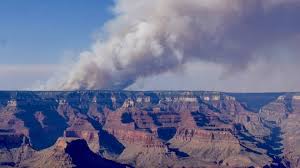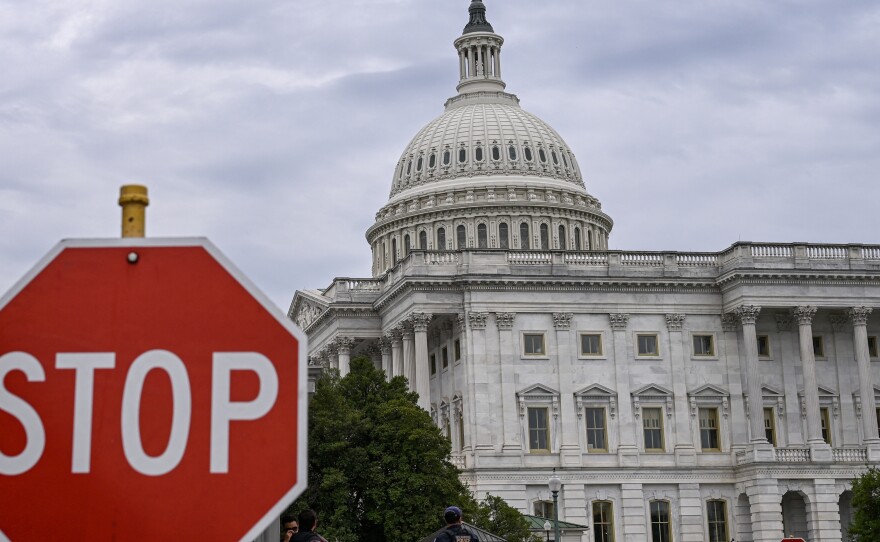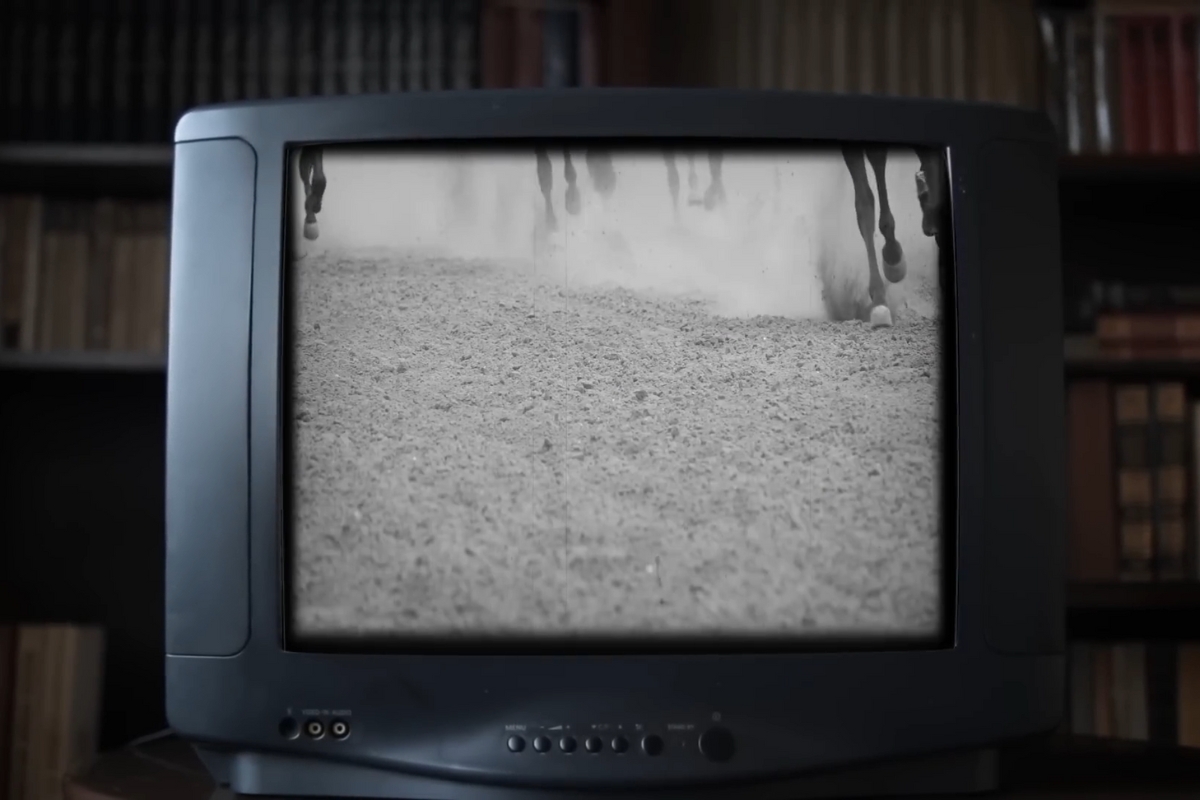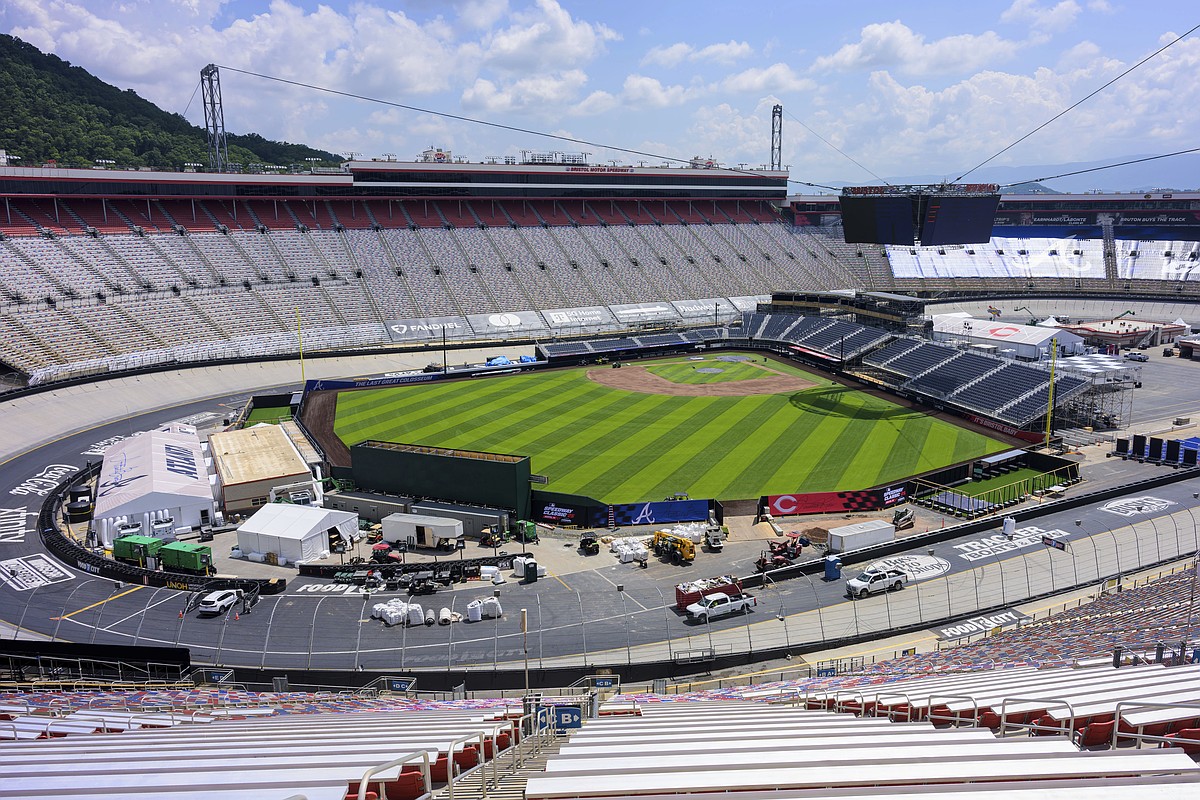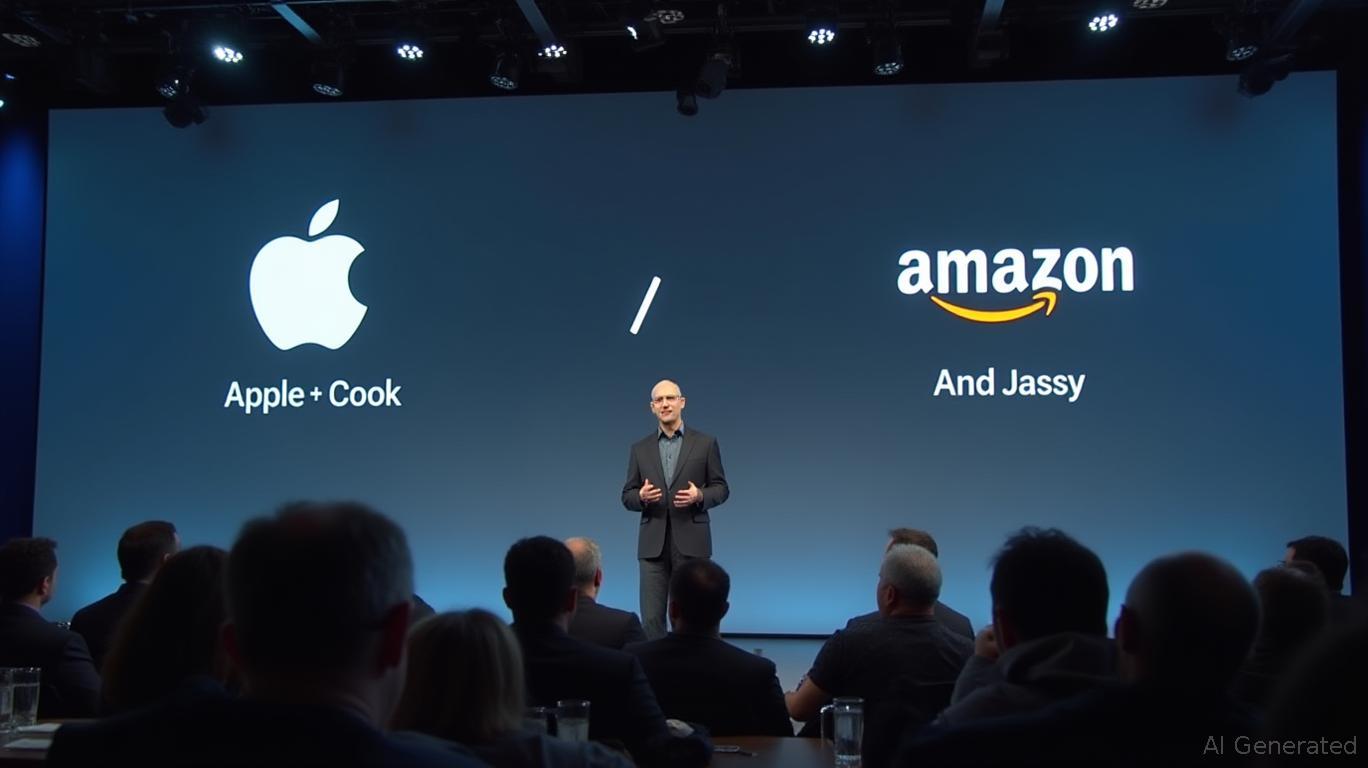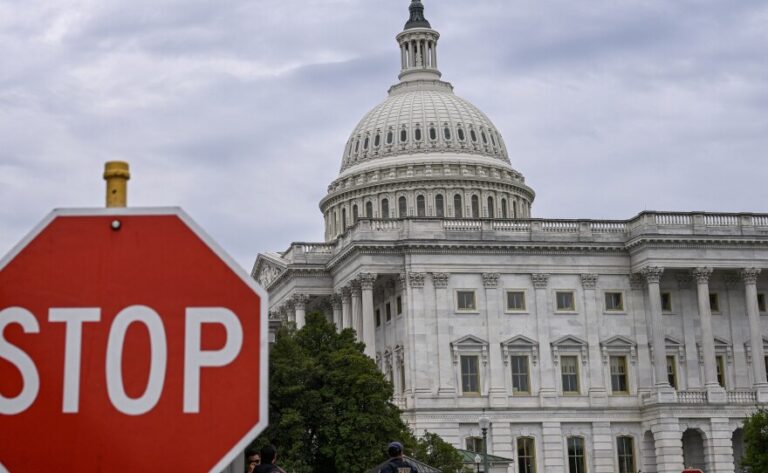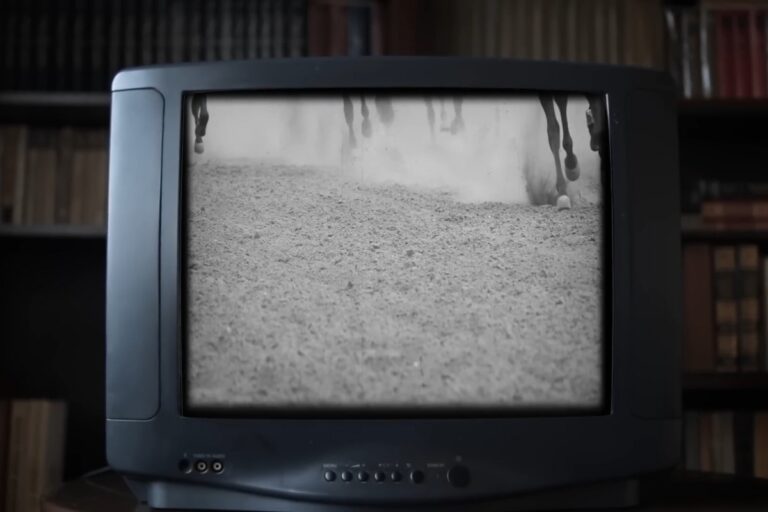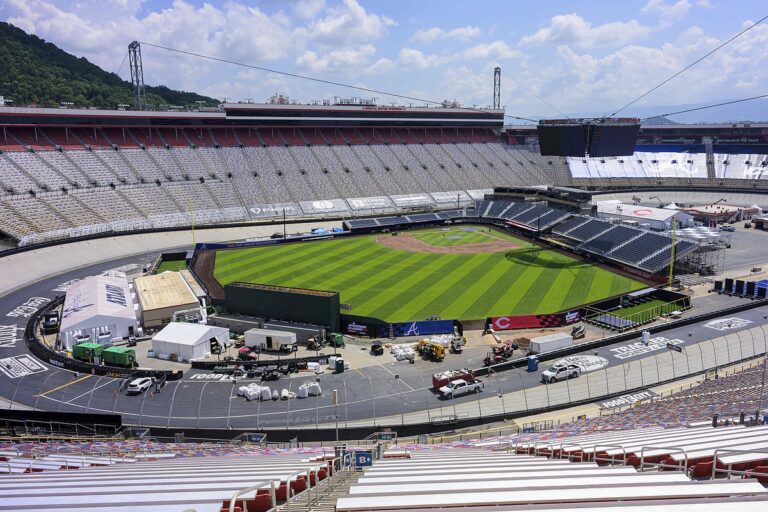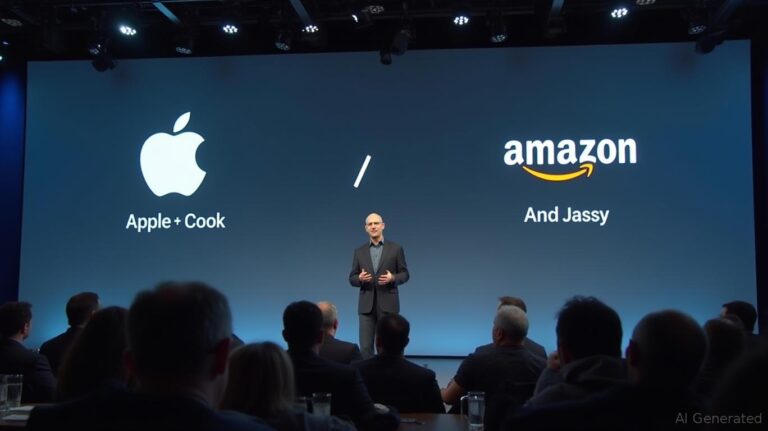July 14, 2025 – In a devastating blow to one of America’s most iconic national parks, twin wildfires at Grand Canyon’s North Rim have destroyed the historic Grand Canyon Lodge and up to 80 other structures, forcing officials to close the North Rim for the remainder of the 2025 season.
The destruction marks a significant loss for the park and its millions of annual visitors, with park officials confirming that critical infrastructure has been decimated by the fast-moving flames.
Current Fire Status
Two major wildfires continue to burn out of control in the Grand Canyon area:
- Dragon Bravo Fire: Currently at 5,000+ acres, 0% contained
- White Sage Fire: Has grown to over 40,000 acres, 0% contained
Both fires were sparked by lightning strikes during summer monsoon storms that have brought increased electrical activity to the region. The Dragon Bravo Fire began on July 4, while the White Sage Fire ignited on July 10 near Jacob Lake, Arizona.
Structures Lost
Park Superintendent Ed Keable confirmed the devastating losses during a Sunday morning meeting with park residents and staff. The destroyed structures include:
- Grand Canyon Lodge – the only lodging facility on the North Rim
- Numerous historic cabins dating back decades
- The North Rim Visitor Center
- A critical wastewater treatment facility
- Gas station
- National Park Service administrative buildings
- Employee housing facilities
Between 50 to 80 structures in total have been consumed by the flames, representing a catastrophic loss of historic and operational infrastructure.
The Historic Grand Canyon Lodge
The Grand Canyon Lodge was more than just a building – it was a gateway to one of the world’s natural wonders. Built with its distinctive sloped roof, massive ponderosa beams, and limestone facade, the lodge was often visitors’ first glimpse of the canyon’s grandeur.
“It just feels like you’re a pioneer when you walk through there,” said Tim Allen, a longtime Flagstaff resident and yearly visitor. The lodge featured the famous “Sun Room,” where visitors could descend a stairwell to witness their first breathtaking view of the canyon through expansive windows.
For over 90 years, this architectural treasure served guests from around the world. Only about 1 in 10 Grand Canyon visitors experience the North Rim, making the lodge’s loss particularly poignant for those who treasured its more remote, intimate setting.
Dangerous Conditions and Evacuations
The fires have created extremely hazardous conditions throughout the area:
- Chlorine Gas Leak: The burning of the wastewater treatment plant released dangerous chlorine gas, forcing immediate evacuations of firefighters from the North Rim and all hikers from the inner canyon
- 500 visitors evacuated from the North Rim on Thursday
- All firefighting personnel evacuated from critical zones due to chlorine gas exposure risk
- Communities evacuated: Jacob Lake area residents forced to flee
Chlorine gas, being heavier than air, poses particular danger as it settles into lower elevations like the inner canyon. Exposure can cause blurred vision, respiratory problems, and severe irritation.
Fire Behavior and Challenges
The Dragon Bravo Fire exhibited “extreme and volatile” behavior on Friday night, July 12, expanding by 500 acres in just hours. Contributing factors include:
- Sustained winds of 20 mph with gusts up to 40 mph
- Temperatures reaching 90°F
- Extremely low humidity levels
- Abundant dry vegetation from drought conditions
Fire crews attempted aerial bucket drops near the Grand Canyon Lodge but were unable to use fire retardant due to the chlorine gas leak, severely hampering suppression efforts.
Government Response and Investigation
Arizona Governor Katie Hobbs has called for an independent federal investigation into the management of the Dragon Bravo Fire. The fire was initially managed as a controlled burn despite being sparked during “the driest, hardest part of the Arizona summer.”
“I am calling for the federal government to conduct a comprehensive, thorough, and independent investigation into the management of the Dragon Bravo Fire,” Governor Hobbs stated, demanding a report detailing the decisions that led to this devastating outcome.
Impact on Tourism and Access
The North Rim closure affects thousands of planned visits:
- North Rim typically open May through October
- Accounts for approximately 10% of Grand Canyon visitors
- All 2025 season reservations must be cancelled
- South Rim remains open but may experience increased crowding
Additional closures include:
- North Kaibab Trail
- South Kaibab Trail
- Phantom Ranch area
- All inner canyon corridor trails and campgrounds
Firefighting Efforts
More than 200 firefighters and support personnel are battling the blazes. Progress has been mixed:
- White Sage Fire: Fire lines holding on southern edge, but rapid spread continues to the east and north
- Dragon Bravo Fire: Jumped multiple containment lines, remains uncontrolled
- Resources: Air tankers, helicopters, bulldozers, and hand crews deployed
Broader Wildfire Context
The Grand Canyon fires are part of a larger pattern of wildfire activity across the Western United States:
- Black Canyon of the Gunnison National Park in Colorado also closed due to wildfire
- Canadian wildfire smoke affecting air quality across the Upper Midwest
- Drought conditions worsening across multiple western states
- Monsoon season bringing lightning but limited moisture
Looking Ahead
Park officials face a long road to recovery. Wayne Ranney of the Grand Canyon Historical Society Board reflected on the loss: “It’s obvious that it’s going to take a long, long time for this to even resemble, minimally, what it has been throughout its history.”
The National Park Service must now assess:
- Structural damage and safety concerns
- Environmental impact on the ecosystem
- Rebuilding plans for critical infrastructure
- Long-term visitor access strategies
No injuries or deaths have been reported, with all staff, residents, and visitors successfully evacuated before the flames spread. Aramark, which operated the Grand Canyon Lodge, confirmed all employees and guests reached safety.
Safety Warnings
Authorities continue to warn residents and visitors:
- Stay away from all North Rim areas
- Residents of Marble Canyon, Lees Ferry, and parts of the Navajo Nation may smell chlorine
- Colorado River rafters must bypass Phantom Ranch
- Monitor air quality alerts due to smoke
As these historic fires continue to burn uncontrolled, the loss of the Grand Canyon Lodge and North Rim facilities marks a dark chapter in the park’s 106-year history. The full extent of ecological and cultural damage may not be known for months to come.

